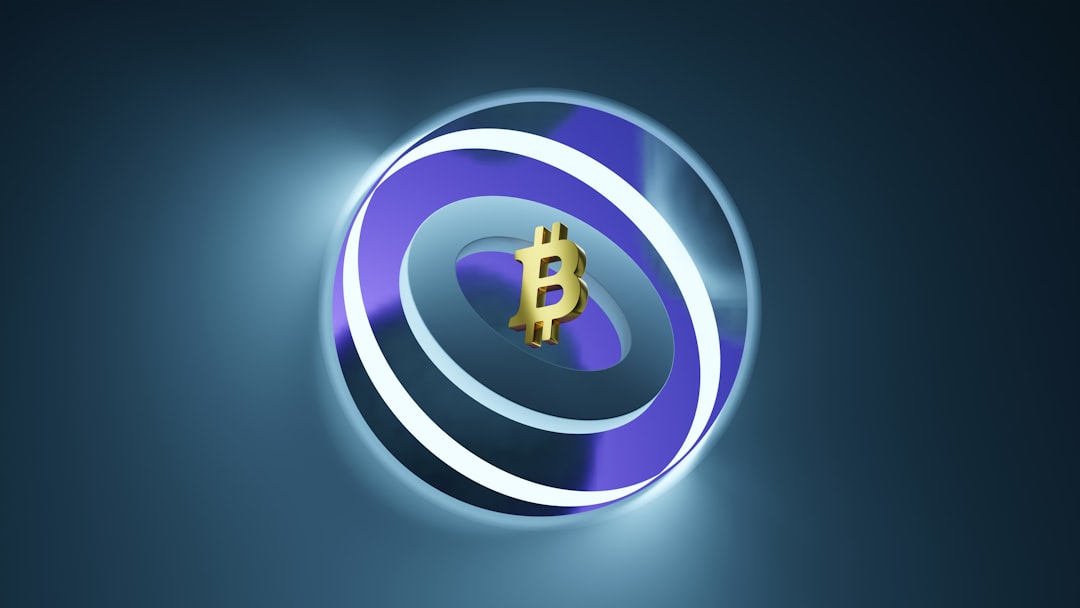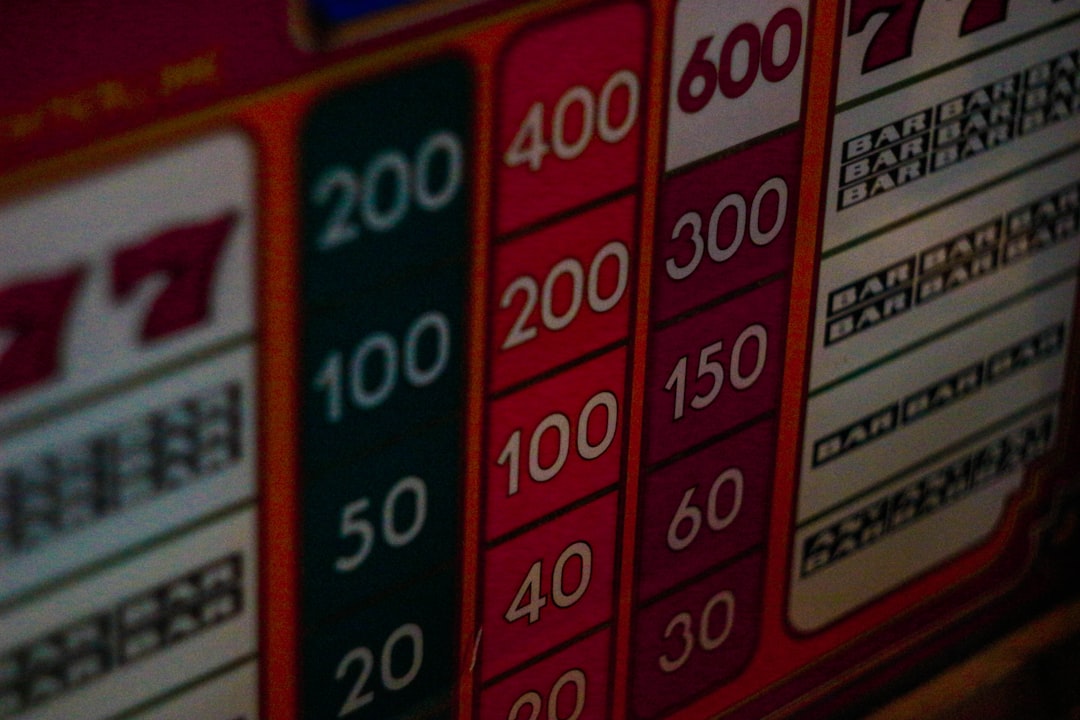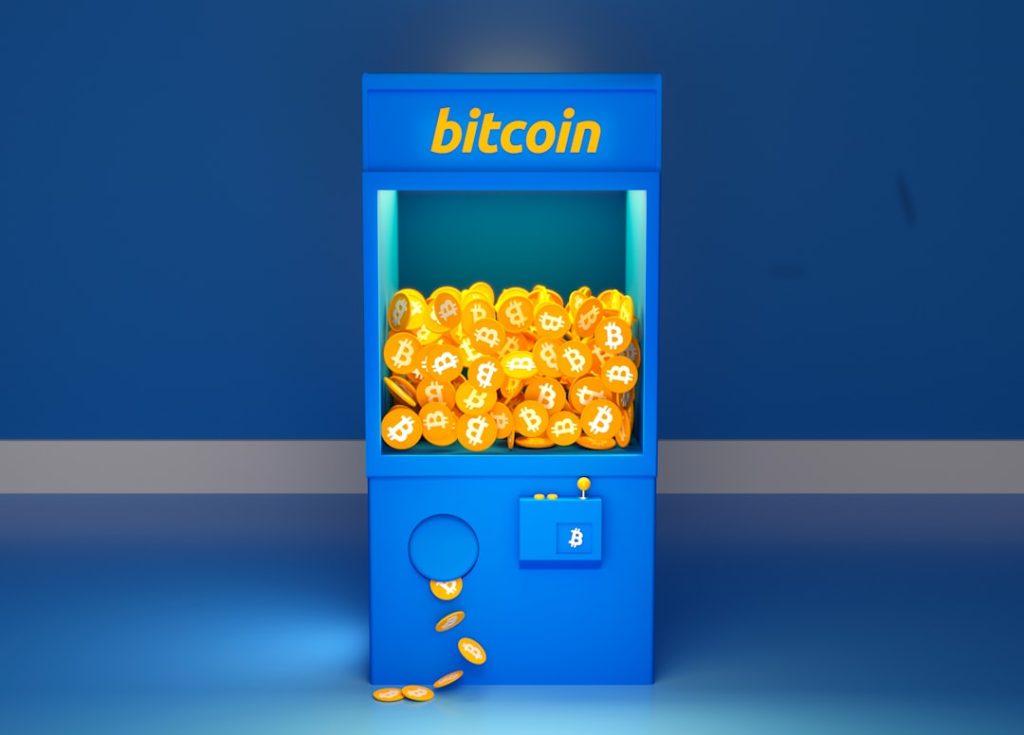Sports betting has evolved into a highly sophisticated industry, where sportsbooks deploy advanced methods and technologies to set betting lines. These lines, also known as odds or point spreads, determine the framework for wagering and influence how millions of dollars are staked daily. But how exactly do sportsbooks set these lines, and what goes into the process of adjusting them? The answer involves a fascinating blend of analytics, human instinct, betting behavior, and financial risk.
The Foundation: Power Ratings
At the heart of setting any betting line is a concept known as power ratings. Sportsbooks develop these proprietary rankings to compare teams or players based on performance metrics. These ratings are not public and are continually updated based on current data, form, injuries, and even travel schedules.
For example, if NFL Team A has a power rating of 85 and Team B has a rating of 80, sportsbooks might start with the assumption that Team A is five points better on a neutral field. Add in factors such as home field advantage, and the line could shift accordingly.
Power ratings are essentially a numerical representation of a team’s or player’s capability, developed using data science techniques and expert analysis. These can include:
- Win/loss records and margin of victory
- Advanced stats like yards per play or player efficiency ratings
- Historical performance against certain styles or teams
- Team news, injuries, and roster changes

The Role of Oddsmakers
Sportsbooks employ or contract professional oddsmakers whose sole job is to create opening lines. These individuals combine mathematical models with subjective expertise to estimate an initial line that reflects the perceived difference between competitors.
The goal of oddsmakers is not necessarily to predict the exact outcome but to come up with a number that will attract equal action on both sides of a bet. This reduces the risk that the sportsbook will lose money.
In setting these early lines, oddsmakers consider factors such as:
- Power ratings differential
- Venue (e.g., home field advantage)
- Situational angles (e.g., back-to-back games, travel struggles)
- Recent changes like coaching adjustments or suspensions
Market Reaction: The Early Movers
Once the opening line is posted, it’s typically made available to a limited group of bettors, often called the sharp or professional bettors. These bettors are known for placing high-stake wagers based on deep analysis and spotting mispriced lines. Sportsbooks use these early bets as feedback.
If sharps hammer one side of the line, it’s a strong indication that the line was incorrect. Oddsmakers will then move the line rapidly, adjusting it to reflect a more accurate estimation of the market consensus.
This period is sometimes called the discovery phase, where the sportsbook gathers intelligence before the public gets involved. It’s also when the limits are comparatively low, making it safer for the book to adjust based on sharp input without taking massive financial hits.
Understanding Limits
A crucial piece of line-setting and adjusting is the concept of betting limits. This refers to the maximum amount a bettor is allowed to place on a particular line. Early in the process, these limits are kept low to prevent damage from sharp action.
As more information becomes available and the line stabilizes through market corrections, sportsbooks increase limits, allowing larger bets. By then, the line has typically been corrected multiple times with input from knowledgeable bettors, and the risk to the book is minimized.
Limits serve a dual function:
- Protect the sportsbook during the vulnerable early stages
- Signal confidence in the current line once it’s been refined
Public Influence
As game day approaches and betting limits are raised, the general public begins placing a much higher volume of bets. These casual bettors, also known as the “betting public,” often wager based on fandom, recent trends, or basic stats. Their influence can actually push lines away from where sharp bettors had them, creating opportunities for savvy professionals to bet the other side.

Sportsbooks monitor this behavior carefully and may adjust lines not because the probability has changed, but simply to balance their books or exploit public biases. For example, a popular team like the Dallas Cowboys may attract a disproportionate number of wagers regardless of matchup quality. In such cases, the line might move not to reflect new information but to draw equal money on both sides.
The Balancing Act
The ultimate aim for sportsbooks is not to correctly predict game outcomes. It’s to ensure they have balanced action on both sides of a line so they can collect the vig, or commission, on losing bets. This balancing act requires precise timing, continuous modeling, and constant data inflow.
In many cases, sports betting lines move significantly from the open to the close, reflecting a complex interplay of early sharp action, media trends, weather changes, and injuries. The best sportsbooks manage this process so efficiently that, regardless of the game’s outcome, they turn a profit over the long term.
Technology’s Role in Modern Line Setting
Gone are the days when line setting was purely manual. Today, sportsbooks employ advanced machine learning algorithms and real-time databases to generate and modify lines. These tools can instantly incorporate late-breaking data, such as a starting quarterback being ruled out minutes before kickoff.
However, while machine models provide a consistent backbone, human input remains critical, especially in niche sports or when interpreting qualitative information that machines can’t yet quantify effectively.
Conclusion
Setting sportsbook lines is a strategic and mathematical endeavor that intertwines data science, human expertise, and market psychology. From the formulation of power ratings to the fine-tuning influenced by betting limits and public sentiment, every phase serves a specific role in helping sportsbooks manage risk and ensure profitability.
FAQ: How Sportsbooks Set Lines
- What are power ratings?
- Power ratings are internal metrics sportsbooks use to rank teams or players. These ratings help determine the starting point for setting a betting line.
- Who are sharps and why do they matter?
- Sharps are professional bettors who wager large amounts based on in-depth analysis. Early sharp action often helps sportsbooks correct their lines before making them public.
- Why do betting limits start low?
- Low limits in the early betting phase protect sportsbooks from large exposure in case the opening lines are off. Limits increase after the market corrects the lines.
- Do sportsbooks want equal money on both sides?
- Yes, ideally. Equal betting on both sides allows the sportsbook to collect the vig and limit financial risk, regardless of the game’s outcome.
- Can public opinion shift a betting line?
- Yes, popular teams or media narratives can influence casual bettors, which in turn causes sportsbooks to adjust lines to balance incoming bets.
- Are odds completely computer-generated today?
- No. While technology assists in line creation and adjustments, human expertise still plays a vital role, especially in unconventional scenarios or niche sports.
